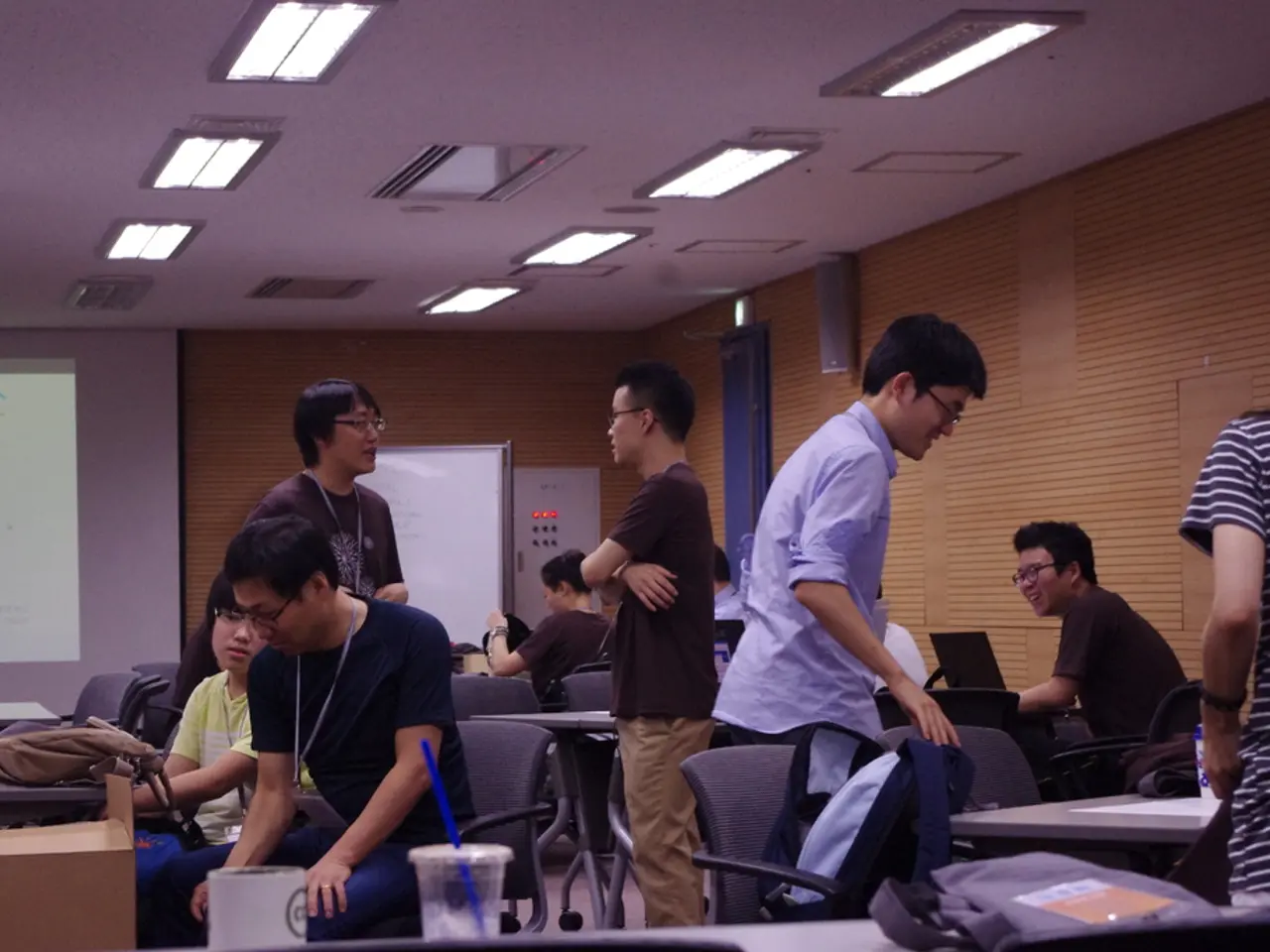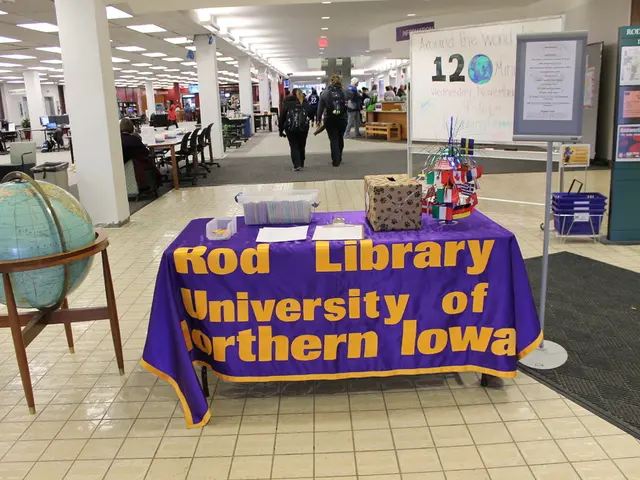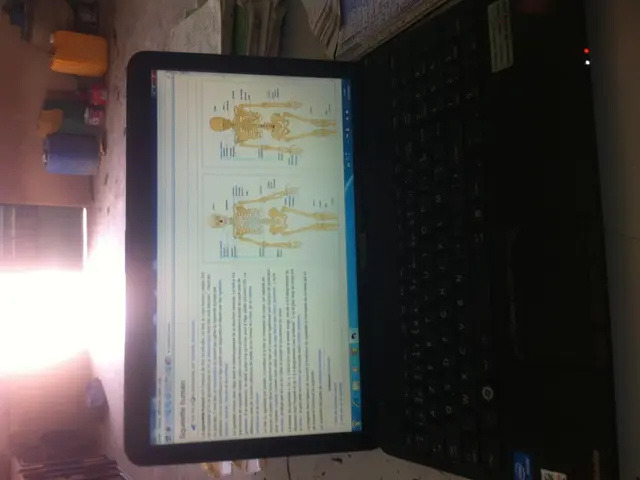Educating and Coexisting
The Rainbow School: A Revolutionary Learning Environment
The Rainbow School, located at Kirchfeldstraße 74-80, is making waves in the educational landscape with its innovative architectural and organizational concept. This unique school is designed to foster flexible, individualized learning experiences for students.
Innovative Architecture
The school's design moves away from traditional rigid classroom layouts, incorporating open-plan spaces that can be adapted for different group sizes and learning activities. Walls and partitions are often movable or minimal, allowing the environment to be reconfigured based on the day's needs.
The building design includes designated zones or “learning islands” tailored to specific types of work—quiet study, collaborative projects, creative tasks, or physical activity—enabling students to choose spaces that fit their current learning style and task demands.
Large windows maximize natural light, creating a pleasant atmosphere that enhances concentration and well-being. Access to outdoor areas provides additional learning environments and opportunities for experiential education. The architecture also supports seamless integration of technology with infrastructure ready for digital devices and collaborative tools.
Organizational Concept
The school emphasizes personalized education plans that accommodate individual learning paces, interests, and strengths. Students have more autonomy to select learning activities and projects that resonate with their goals.
Flexible scheduling allows extended focus on tasks, interdisciplinary projects, or group collaborations. Teachers often work in teams, co-teaching or supporting each other within the flexible spaces, fostering a more dynamic educational environment where expertise can be shared, and students can receive more tailored guidance.
Organizational practices encourage social interaction and community building, ensuring emotional well-being is promoted alongside academic development.
How It Promotes Flexible, Individualized Learning
The adaptable physical environment allows students to select or shift their learning spaces to suit their immediate needs, promoting comfort and concentration. Tailored learning paths, with autonomy over their schedules and projects, allow learners to progress at their own pace, allowing deeper engagement with material.
The collaborative culture, encouraged by open spaces and team teaching, enhances social skills and allows learning through collaboration. The design and organization address cognitive, social, and emotional aspects, supporting a well-rounded education.
The Cluster Model
Every child at The Rainbow School spends the entire day with their classmates and trusted adults. The cluster model at The Rainbow School results in a more flexible teaching structure, allowing for individualized and tailored learning processes. The model creates spatial synergies, enabling pedagogical flexibility in switching learning forms, and transparency in free areas for utilization.
The community primary school values respectful interaction, tolerance, appreciation, and openness to diversity. Learning, playing, shared breaks, lunch, and free healthy school fruit are integral parts of the daily routine at The Rainbow School. Mobile partitions and room dividers allow for temporary connection of learning areas, providing further adaptability to the school's environment.
In summary, Rainbow School’s combination of adaptable architectural design and student-focused organizational principles creates a learning environment that is highly flexible and individualized, supporting diverse educational needs and fostering student empowerment.
- The adaptable architecture and learning islands at The Rainbow School facilitate flexible, individualized learning experiences, as they allow students to choose spaces that cater to their learning style and task demands.
- The school's organizational concept, which emphasizes personalized education plans and encourages autonomy, supports flexible, individualized learning by allowing learners to progress at their own pace and foster deeper engagement with the material.




